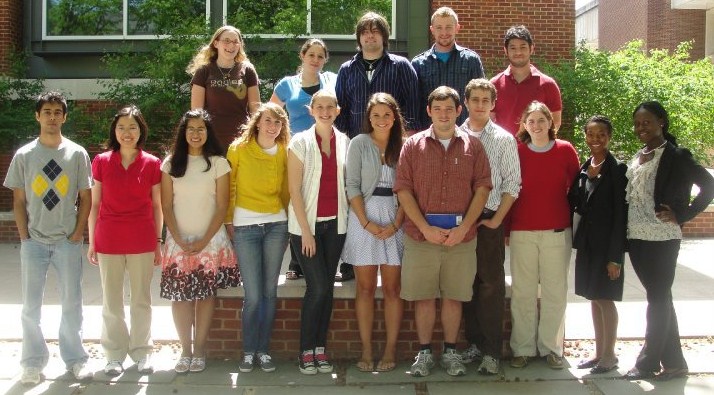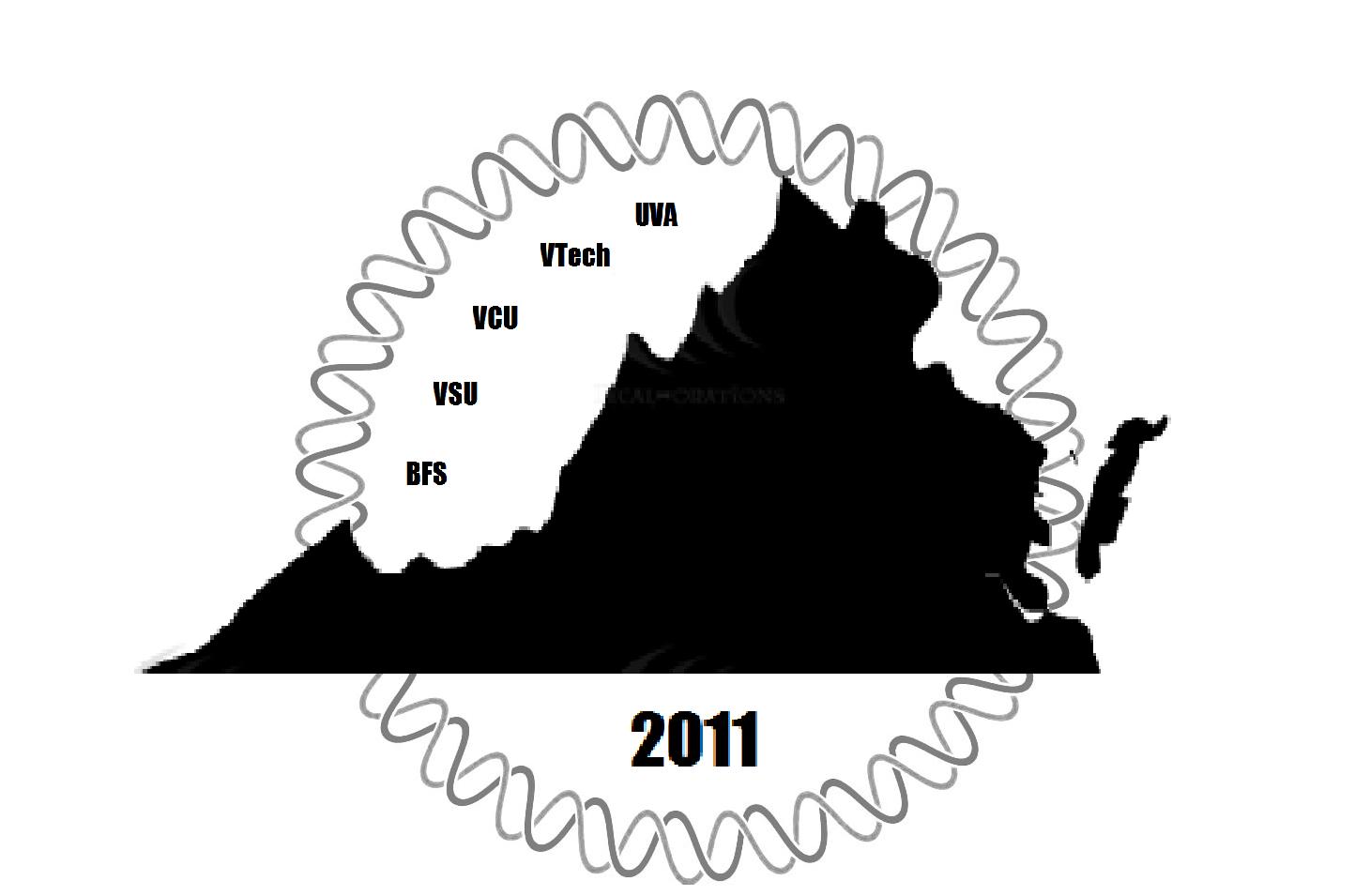Team:Virginia United/Project
From 2010.igem.org
| Line 56: | Line 56: | ||
Quorum Sensing | Quorum Sensing | ||
| - | === | + | === Part 3 === |
| + | Florescent Readings | ||
| - | + | === The Experiments === | |
| - | + | ||
| - | === | + | |
| - | + | ||
== Results == | == Results == | ||
Revision as of 15:22, 22 July 2010
|
| |
| Home | Team | Official Team Profile | Project | Parts Submitted to the Registry | Modeling | Notebook | Safety | Human Practices |
|---|
Contents |
An Engineering Approach to an Environmental Biosensor
In engineering, it is recognized that there are various ways to successfully design a mechanism. Often, different designs are tested and compared given a set of metrics in order to assess the strengths and weaknesses of each option. This process is called co-design. Since synthetic biology is truly a multi-disciplinary field, it is important that we incorporate techniques that have been proven successful in other well-established disciplines. We decided to apply co-design while testing and evaluating the effectiveness of a multiple-compound biosensor detection process.
In order to compare our designs, we are implementing logic on three different regulatory levels of the cell. One approach utilizes the operator sites of regulatory promoters, hybridizing two promoters’ operator sites into a single co-sensing promoter. In order for the hybrid promoter to initiate transcription, both target compounds that control the operator sites must be present. The hybrid promoters are attached to a single fluorescent protein, so detection of both target compounds can be measured via fluorescence.
Another method utilizes fluorescent protein complementation. When a target molecule is detected by a cell, it will transcribe a non-fluorescent half of a protein. When another target molecule is detected, the other half of the fluorescent protein is transcribed. Upon translation, the halves will bond together and fluoresce, reporting the presence of the two target compounds.
The final approach allows each of the sensory reporters to express a fluorescent protein in the presence of its target compound. If multiple target compounds are detected by a culture, fluorescence spectroscopy is used to separate out the wavelengths of each fluorescent protein, which then determines what compounds are present in the system. In all three designs we are amplifying the signal that each E. coli cell emits once it is exposed to the target compound with a quorum sensing system. Each cell releases a signal when exposed to the target compound, which is then recognized by neighboring cells. A fluorescent protein is attached to the promoter that recognizes the signal, establishing a more rapid, binary-like response time in the system.
We decided to evaluate our co-designs by developing a biosensor that detects the presence of mercury, copper, and arsenic in aquatic environments. In small doses each metal may not individually be toxic to fish, but a combination of the metals, even if individually each metal is at a negligible volume, may still be hazardous to both the fish in such environments and the people that later consume those fish.
As a final product, we hope that the system can be utilized not just for testing aquatic toxicity levels, but can serve as a basis for a synthetic machinery that has interchangeable inputs and outputs so it can be used for other applications such as biosecurity. Additionally, with an interchangeable response, it is possible to not only implement a biosensor within this system, but in the future, bioremediation machinery could be applied as an output as well.
Project Details
Part 1
Biosensor
Part 2
Quorum Sensing
Part 3
Florescent Readings
 "
"



